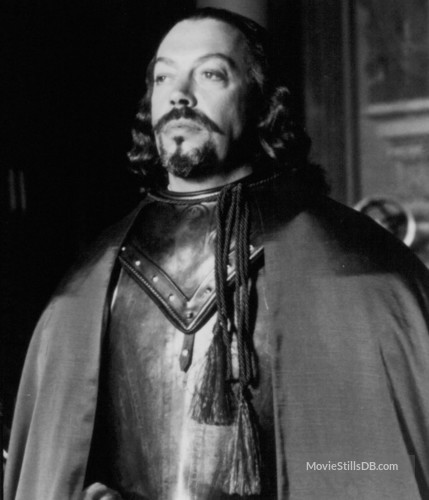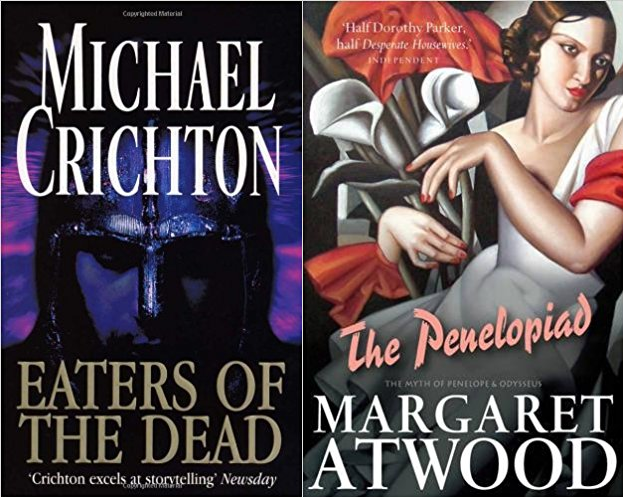Deceptively easy to read, this one. Alexievitch spent years interviewing women who fought for, served and supported Russian forces during the Second World War, and this is the polyphonic, humble, utterly compelling result.
I call it a humble work because of Alexievitch’s restrained way of corralling and framing the stories she’s gathered, and for the way all the women’s voices murmur with awe and surprise as they recount the deeds of their youth. It’s a quiet book, full of pauses and ellipses, breaths drawn, stories that trail off. But it’s also monumentally powerful and frequently shocking reading. It issues the reminder that if you have a society where women are told from a young age that they can fly planes, shoot guns and drive tractors then they’ll grow up believing they have as much right to do so as men, and it reveals again and again that the human body is capable of extraordinary things in times of stress. But it is a story that went untold for years: the early flurry of women’s rights granted in communist Russia was pushed back before change could really take hold, and by the end of the war, mingled with the desire to move on and forget, society allowed conservative, divisive gender roles to return. The role of women in the war went unexplored and remained misunderstood. They faced hatred from those who hadn’t fought, men who had served alongside them turned on them, and many could not speak openly of their experiences during the turbulent politics of the mid-century USSR. Their accounts of war were dismissed for years, until Alexievitch decided to find out what it all looked like through the eyes of people who had never been socially conditioned to distance themselves and think only in troop movements, regiment numbers and the names of the great men at the head of the column.
It’s often a little overwhelming. Each account is short, with the longest only perhaps ten pages of text. They’re preceded by the name of the woman speaking and her wartime position, but first person blends with first person: friends, relatives and spouses are sometimes interviewed together, but more often Alexievitch simply juxtaposes accounts that relate to one another — thematically or chronologically — and it’s like a slowly building avalanche of voices, relentless, barely nudged into shape by the editor’s touch, life and memory shaped together to recreate a mere fraction of the experience of War and occupation.
She begins with the optimism and spunk of schoolgirls insisting on signing up at the outset of fighting, of girls who would not take no for an answer, teenagers thinking of it as something that would barely interrupt the lives they had planned for themselves. Illusions are shattered quickly: the accounts of female snipers are loaded towards the front of the book, their gung-ho attitudes soon shaken by the experience of killing. We move through the war by experiences, largely gathered together by the roles women played in all aspects of the fight: nurses, battlefield medics, sappers, bread-makers and laundresses, commanders, tank drivers, engineers, pilots, members of the resistance.
Alexievitch is openly grateful and awe-struck when she meets these women. She speaks of her love for the generation, and her interviewees’ stories are often interjected with references to the emotion shared with the interviewer. The opening positions this as a study of ‘womanly’ war, asking whether it is harder for a woman, who is capable of bringing life into the world, to kill. It’s not a starting point that sat well with me, I’ll admit, but in these highly personal accounts, you get the highly personal perspectives of each woman. Some things are barely talked about, others require a little anonymity, but you always understand that the details recounted to Alexievitch are honestly remembered and honestly told. Above all, it is not that a woman’s experience of war is different because she is a woman, it is that each individual experiences it differently. If it is only women who can talk about the details — the dandelion on the roof of a Gestapo prison, the smashed demitasses in German houses — then I pity the men who cannot speak of them, because I cannot imagine that half the world does not see these things. Humanity is in the detail: our relationship to the world around us, to life and the drive to go on living. Alexievitch wants to find answers to her questions about death, but she uncovers only the blind determination of the living.










You must be logged in to post a comment.